Gardening has long been a popular hobby for many people, as it not only provides a great way to get outside and enjoy nature, but can also provide an abundance of fresh fruits and vegetables. Community gardens are becoming increasingly popular as well, providing the opportunity for neighbors to connect over their shared love of gardening while also beautifying their local area. If you’re considering starting your own community garden or improving one that already exists, here are some ideas to help you get started.
Benefits of Community Gardens
The benefits of community gardens are numerous. Not only can they provide access to fresh and healthy produce for communities, but they also give people a chance to build relationships with their neighbors and learn about gardening techniques from one another. Additionally, community gardens have been known to reduce crime rates in certain areas due to increased foot traffic and surveillance. Finally, community gardens can also provide a safe haven for wildlife, as they attract birds, butterflies, and other animals. [1]
Types of Community Gardens
There are several different types of community gardens that can be created and maintained. Some of the more popular options include:
Plot Gardens
Plot gardens are the most common type of community garden, and include individual plots assigned to each gardener or group. Plot gardens typically measure 10×10 feet and may be connected by a series of raised beds, depending on space availability.
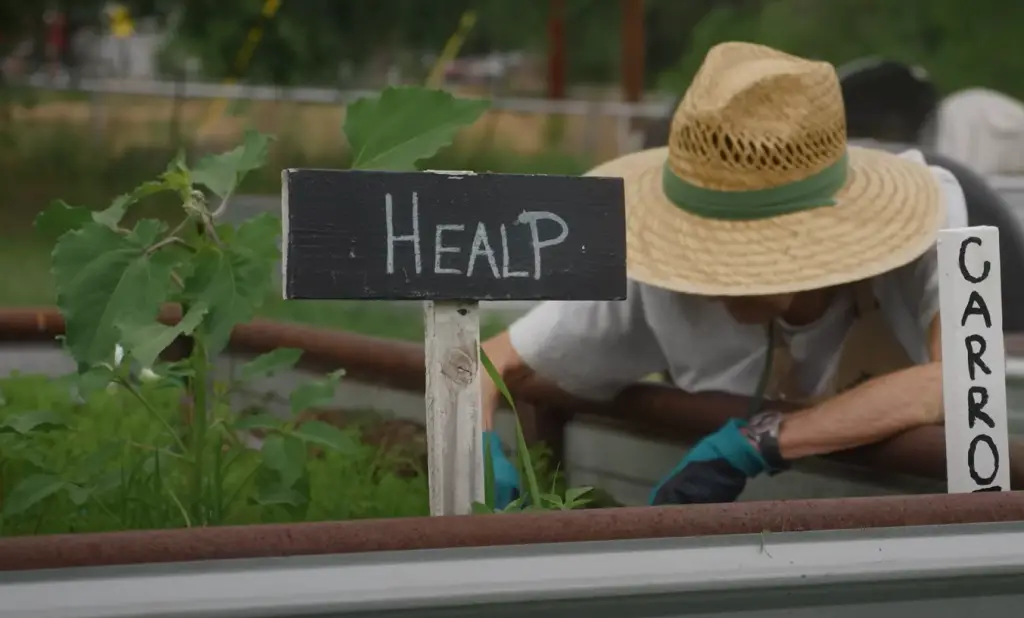
The benefits of plot-style community gardens are that they allow members to customize their garden using different types of plants, herbs and vegetables. This type of garden also encourages a sense of community as members are able to socialize and exchange tips with each other while maintaining their own individual space.
Cooperative Gardens
Cooperative gardens are a great way to bring people together and benefit from the collective resources and knowledge of participants.
This type of garden is ideal for those who don’t have the time or resources to manage an individual garden plot but are looking for the benefits of working together with others. Some examples of cooperative gardens include school gardens, public parks, private gardens and community outreach gardens. In addition to providing a chance for people to connect and work together, these types of gardens also help promote organic gardening practices, conservation and environmental awareness. As with any type of garden, it’s important to consider your local climate and soil conditions when deciding on the plants you will grow. Additionally, make sure everyone is aware of their responsibilities before planting so that everyone can work together as a team to create a successful garden!Youth Gardens
Youth gardens are a great way to get kids involved in gardening and help them learn more about the environment. They can be planted with edible plants, such as herbs and vegetables, or simply decorative flowering plants. In addition to a teaching opportunity, youth gardens provide a fun and interactive learning experience for children. It’s also an activity that can be done together with family and friends. Youth gardens don’t have to involve large plots of land; they can be as small or as big as needed, depending on the size of the space available. If you have limited space, consider container gardening or vertical gardening methods such as hanging baskets or trellises. If more space is available, consider creating a plot of land with raised beds or other gardening structures.
Entrepreneurial Market Gardens
Entrepreneurial market gardens are a great option for those looking to supplement their income while giving back to the community. These gardens are larger in size and specialize in growing crops that can be sold at local farmers’ markets. Community members can benefit from having access to fresh, locally grown produce as well as support small businesses. Entrepreneurial market gardens can also be a great way to educate and engage the community in sustainable food production practices.
Therapeutic Gardens
Therapeutic gardens are designed to provide therapeutic benefits for people with physical and mental illnesses by incorporating stress-reducing elements such as water features, sensory plants, fragrant flowers, and gentle pathways.
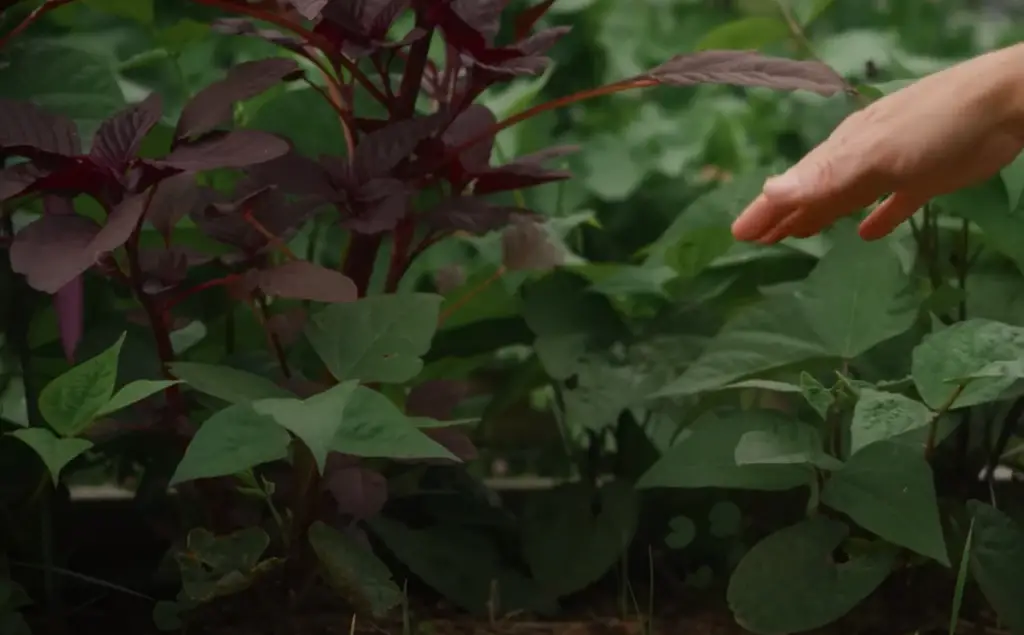
Therapeutic gardens may also offer educational opportunities through special plant varieties or interactive activities like herb spirals and raised beds. Through their design, therapeutic gardens can be used to encourage physical activity and provide a sense of peace and well-being. [2]
Ideas for Community Garden Projects
Community gardening can be a great way to bring people together and make positive impacts on the local environment. There are many projects that people can take on when starting and managing a community garden, either alone or with help from friends and neighbors. Here are some ideas for planning and implementing successful community garden projects:
Food-Producing Zones
Community gardens can become a source of food for members of the local community. Planting edible fruits, vegetables and herbs in designated zones within the garden makes it easy to keep track of what produce is available and when it’s ready to be harvested. Additionally, providing composting areas makes sure that any organic waste from the garden is being appropriately recycled.
Water
Water conservation is a key component of successful community garden planning and implementation.
Planting drought-tolerant plants can also help reduce the amount of water used in a community garden. To further promote water conservation, it is important to educate gardeners on the importance of proper watering and to provide resources or incentives for making water-saving changes.Composting
Composting is an important part of a successful community garden. It allows for organic waste materials to be turned into nutrient-rich soil that can nourish plants and vegetables in the garden. Composting requires careful management, but can provide a great source of natural fertilizer for gardeners. Additionally, composting helps reduce the amount of waste going into landfills, which has a positive environmental impact.
Sensory Gardens
Sensory gardens are a great way to engage with nature, while also providing a calming and therapeutic environment. Planting flowers of different colors and textures can help stimulate the senses and provide a tranquil atmosphere that everyone can enjoy. Herbs and aromatic plants such as Lavender, Rosemary, Sage, Peppermint, or Lemon Balm also contribute to the calming ambiance.
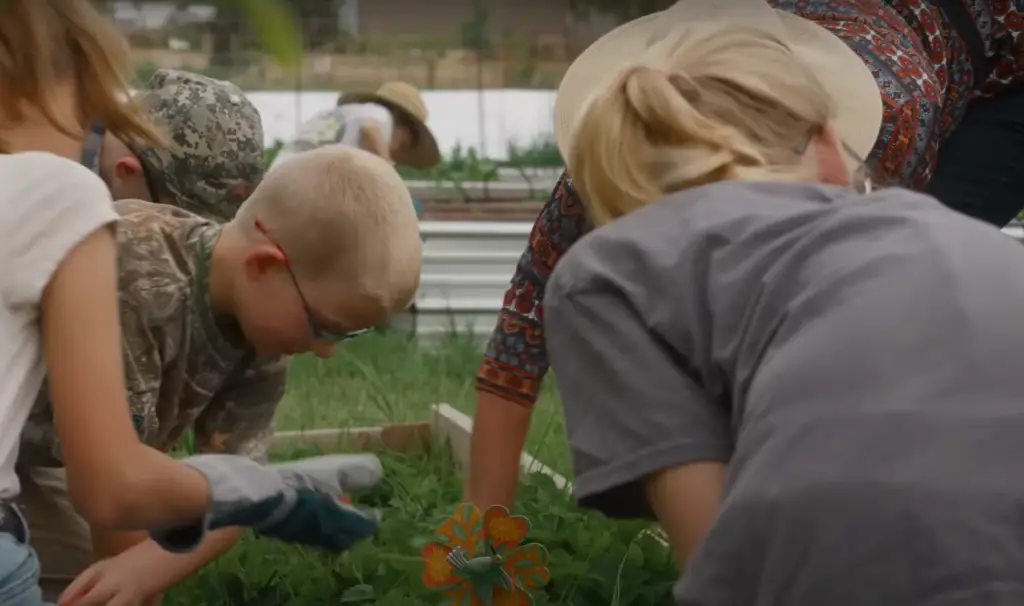
Including some seating areas with comfortable cushions for benches, as well as wind chimes, birdfeeders, and other decorations can further enhance the experience of a sensory garden. Don’t forget to choose plants that are native to your area for optimal growth!
Space for Play
Depending on the size, shape and location of your community garden, you may be able to designate a space for play. If you have enough room, it could make an excellent spot for kids to explore and get creative with outdoor activities. Planting a small area with grass or other soft materials will give them a safe place to run around without the risk of injury from hard surfaces. You could also create a raised flower bed that doubles as a sandbox for imaginative play. If you want to add a bit more structure, build or install some play equipment like swings and slides, or set up an outdoor game area with checkers or chess boards. [3]
Wilder, Quiet Zones
Creating a wilder garden area is an ideal way to add wildlife to your garden. Plant native flowers and shrubs which will attract bees, butterflies, birds, and other wildlife. You can also put in bird baths or feeders as well as bat boxes or bug hotels for additional insect life.
This can be the perfect place to relax and unwind in your garden. Be sure to include comfortable, padded chairs so you can sit and enjoy the tranquility. You may also want to add some outdoor lighting such as solar-powered lanterns or fairy lights to create a soft atmosphere. Including aromatherapy plants or herbs can also help you to relax in your garden. Lastly, adding some outdoor art pieces will give it that extra touch of personality and beauty.A Central Hub For Meeting and Recreation
Creating a central hub for meeting and recreation is a great way to bring people together in the community garden. This can be as simple as having picnic tables, benches, and other seating options scattered throughout the garden. Or it could be an open gazebo or pavilion that serves as a space for gatherings, events, classes, or other activities. If there is enough space, a playground could be added for the children in the community to enjoy as well. Regardless of what type of central hub you choose, it’s sure to bring people together and create a sense of belonging in your garden.
Historic Preservation
If you’re looking to create a beautiful garden with a historical feel, consider incorporating elements of historic preservation. Start by researching the local history and architecture surrounding your area, then incorporate some of those elements into your design. This could be anything from old stone walls, vintage architectural features, or even heirloom plants that are native to the area. Not only will it give your garden a unique look, but it’ll also be a great way to educate and inform visitors about your local history. Consider creating an interpretive sign or pamphlet with additional information about the historic elements of your garden. When done right, this type of garden can create a truly engaging experience for all who visit.
Garden Tour
One of the best ways to get ideas for your own community garden is to take a tour of other gardens in your area. Ask local organizations, such as gardening clubs or school districts, if they offer tours. Look for gardens that have features you think would work well with your project and ask questions about how those features were incorporated into the overall design.
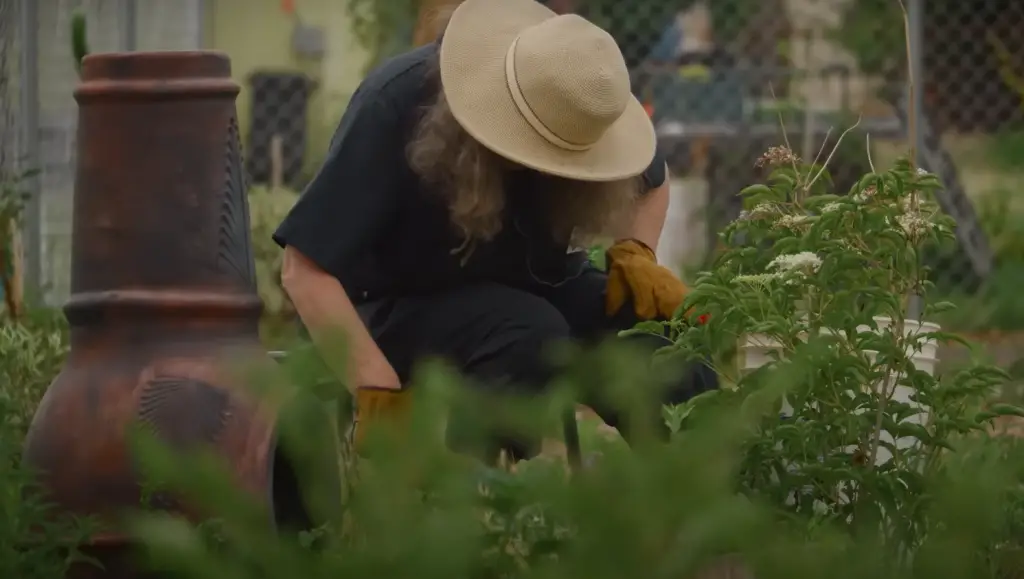
You can also check online for virtual tours or reviews of local gardens that may have helpful information. Taking a tour will give you an idea of the types of plants that do well in your region, as well as the layout and features that other gardeners are incorporating into their community spaces.
Host A Flower Show
Host a flower show to bring together gardeners and share the beauty of their gardens. Invite people from around the community to submit their best blooms, then hold an exhibition in your garden or a local park. This event will be a great way to get everyone in the community involved and appreciate all that is blooming. You can even offer prizes for the best entries! This is also a great way to attract new gardeners, as people will be able to get up close and personal with different flowers and learn how they can grow them in their own gardens. [4]
Potential Problems and Solutions
When starting a community garden, there are several potential problems that need to be addressed. Here are some of the most common issues and some possible solutions to help get your garden off on the right foot:
- Land: Before you can even begin gardening, you must have an appropriate place to grow. Finding land for your community garden can be a challenge, but there are several potential sources to explore. Local businesses, churches and other organizations may have land they are willing to donate or lease for your project. Additionally, you can search online for suitable plots of land in your area.
- Funding: Financing your community garden is key to its success. Consider grants, crowdfunding campaigns, or donations from local businesses and other organizations for start-up costs. Additionally, many cities have special programs designed to help support urban green spaces.
- Volunteers: Running a successful community garden requires volunteers with a variety of skills and backgrounds. Reach out to your local gardening clubs, faith organizations, and other community groups for help. You can also consider hosting workdays or volunteer days to get the word out about your project.
- Maintenance: Establishing and maintaining a community garden requires dedication and follow-through. Consider developing a plan of action that includes tasks such as weeding, planting, watering, and harvesting. You may also want to host educational events or workshops to teach members of the community how to properly care for their garden. [5]
FAQ
What is the purpose of the community garden?
The purpose of the community garden is to bring people from the local area together to create a shared space for growing vegetables, fruits, and herbs. The garden also provides an opportunity for education about sustainable gardening practices and encourages people to take an active role in caring for their environment. It can be a source of fresh produce for families or individuals in need, as well as a place to gather and share ideas and experiences.
What is a community garden in the UK?
A community garden in the UK is a shared space for growing produce, plants, and other materials to benefit the public. Community gardens can range from small plots of land set aside near homes or larger parcels of land that receive funding from larger organizations such as local councils.
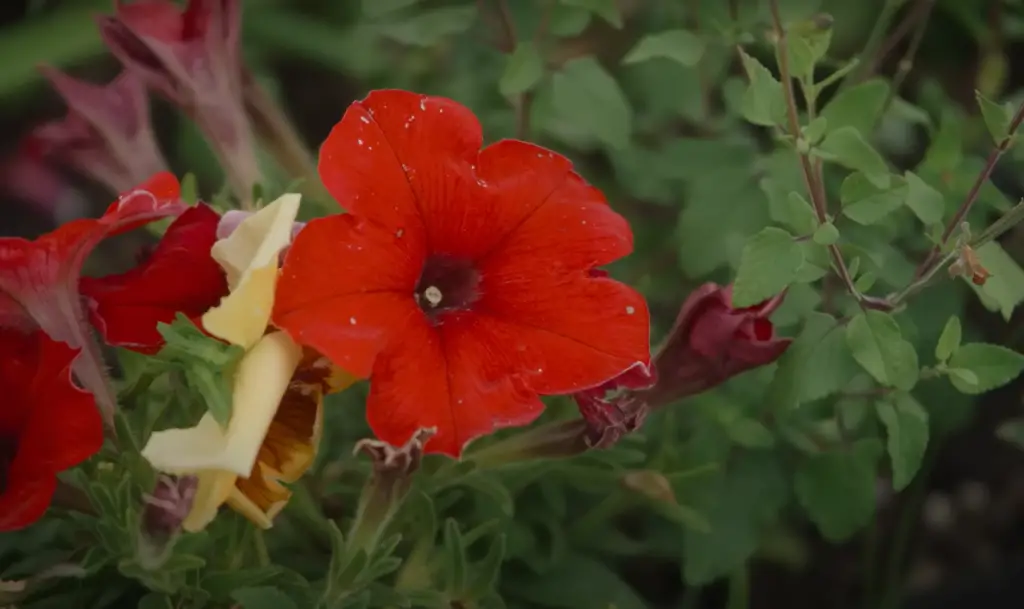
The goal of these spaces is to bring people together while cultivating a sense of community, as well as encouraging healthy eating by providing access to fresh produce. Community gardens offer a variety of activities such as gardening classes, potluck dinners and workdays in addition to the opportunity for individuals or groups to tend plots for their own use. In addition to providing an opportunity for people to grow their own food, community gardens can also be a great way to create green spaces, build relationships and foster a sense of community.
Where are community gardens most popular?
Community gardens are becoming increasingly popular all over the world. They can be found in cities, towns, and villages. In North America, community gardens have been historically popular in urban areas but more recently have spread to rural communities as well. In Europe, there is a long tradition of allotment gardening that has become increasingly popular since the 1960s. In Australia, nearly every state has some kind of community gardening program that is either run by local governments or nonprofit organizations. Community gardens also exist in various forms across Asia and South America as well.
What is a good size for a community garden?
The size of a community garden depends on the amount of space available, as well as the number of people likely to be involved in tending and harvesting from it. Generally speaking, it is best to have each gardener take responsibility for an area that is at least 10-15 square feet. This allows them to grow a variety of vegetables, herbs, fruits, and other plants while still leaving room for pathways and gathering areas. If possible, larger plots should be offered so that more advanced growers can experiment with companion planting or perennials. A rule of thumb is to plan ahead and make sure there is enough space for at least two years worth of growth before committing to a certain design. It’s also important to keep in mind that not all gardeners will be able to tend to their entire plot, so some areas may need to be set aside for communal use.
How to start a community?
Starting a community garden is an empowering and rewarding experience, but it can also be daunting. There are lots of different things to consider when starting a community garden, so it’s important to have an idea of what you’d like the garden to achieve before getting started. The first step is to think about who will be involved in the project. Who will be the members of your community? Are you inviting the entire local community or just a selection of friends and family? Once you know who’s involved, it’s time to start planning.Research is key when starting a community garden, so make sure to read up on all aspects of gardening, including how to create healthy and sustainable soil, the best plants to use in your area’s climate, and what kind of water conservation techniques you’ll need.
What are the components of the garden community?
The garden community is made up of the people who make it possible—gardeners, educators, volunteers, and supporters.
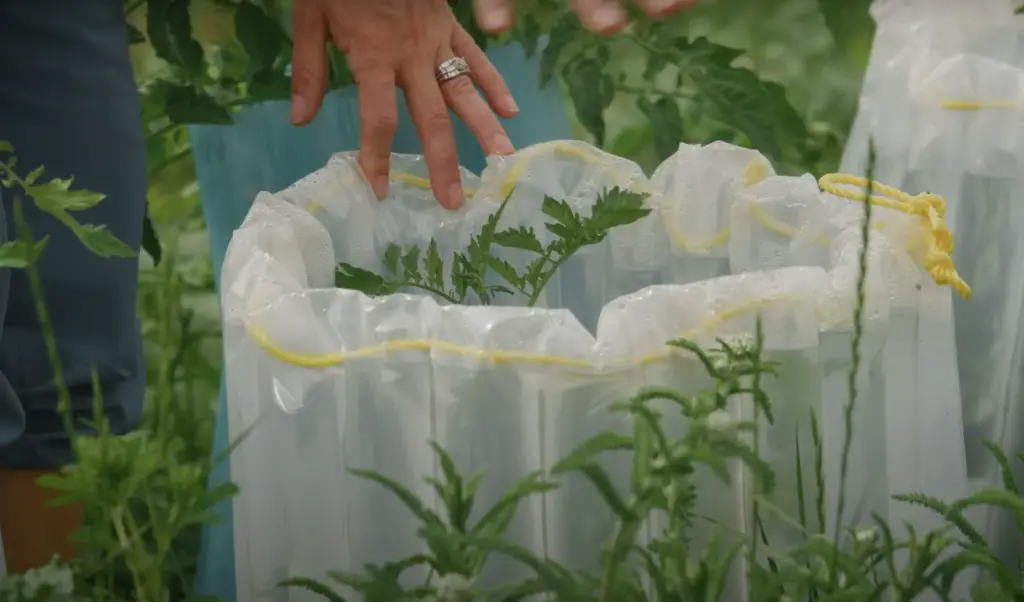
These members contribute their ideas and expertise to help create a vibrant and successful garden space. The components of a community garden include:
- Garden beds: Raised or in-ground soil where plants are grown.
- Greenhouse/cold frame: A sheltered environment to extend the growing season for certain crops.
- Composting areas: Where organic material is composted into nutrient-rich soil for the garden beds.
- Water sources: Whether from rain barrels or city water lines, water sources provide necessary hydration for plants.
- Tool storage areas: To store tools, equipment, and supplies for gardeners to use.
- Educational resources: Library materials or other information sources so gardeners can learn more about gardening practices.
- Pathways: To provide access to all parts of the garden.- Shade structures: To provide protection from the sun for both people and plants.
- Gathering spaces: For meetings, classes, workshops, or just socializing in the garden.
- Community gathering spaces (optional): To bring people together through music, art, food sharing, etc.
What is another name for a community garden?
A community garden is also known as an allotment garden, a victory garden, or a solidarity garden. Allotment gardens are typically used to grow vegetables and other edible crops for personal consumption and/or for the benefit of the local community. Victory gardens are often planted to supplement food supplies during times of emergency or hardship, while solidarity gardens help to create social cohesion and foster cooperation between members of diverse communities. Regardless of what they may be called, all types of community gardens provide numerous benefits. They promote environmental sustainability by reducing reliance on large-scale agricultural production systems; they offer educational opportunities with hands-on gardening experience; they increase access to fresh, healthy produce in areas where it may otherwise be scarce; and finally, they create an opportunity for people of all ages and backgrounds to come together and build a sense of community.
What are the benefits of a community?
A community garden is a great way to bring people together and promote healthy living. Not only can it provide fresh produce, but it can also be a great place for socializing, education and outdoor recreation. Community gardens have been known to improve physical health, mental wellbeing and environmental sustainability. Having a communal space for growing fruits and vegetables can create a sense of responsibility and pride in the area, as well as promote environmental stewardship. Community gardens also provide an opportunity for local businesses to get involved and support their community. Overall, having a garden that is shared by members of a neighborhood or city can help build strong relationships among individuals and foster a sense of community.
What are garden community characteristics?
A successful garden community typically shares certain characteristics, such as a sense of inclusion and collaboration among members, an emphasis on sustainability and environmental stewardship, and a commitment to educational programming.
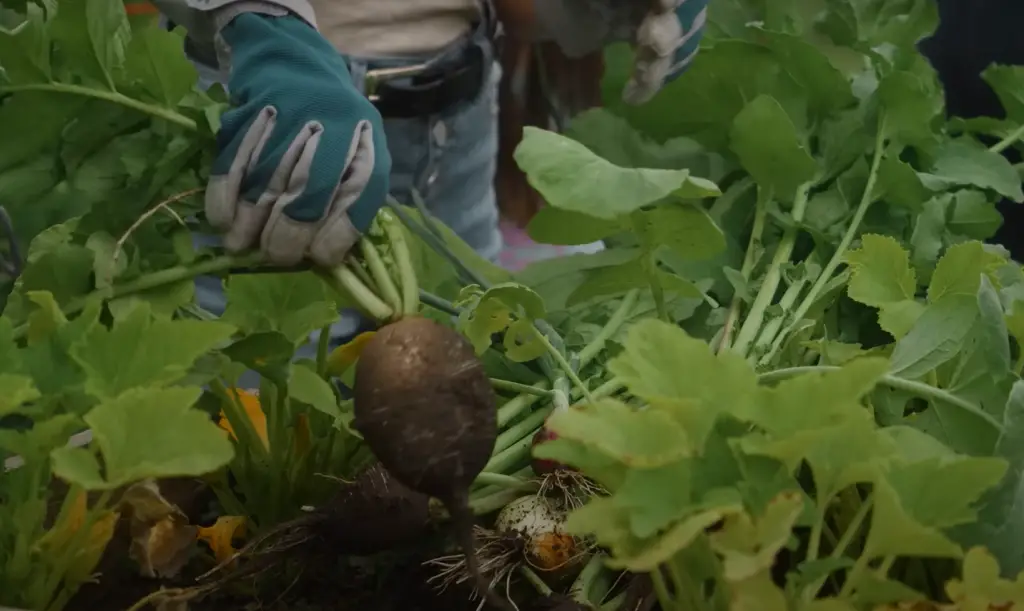
With these common values in place, the garden can function as a hub for social engagement and learning. Here are some key components to consider when planning a community garden:
- Developing a plan for the garden space, including layout and design, types of plants and produce that will be grown, and any other features such as seating areas or tool sheds.
- Creating rules and guidelines for members to follow in order to maintain a safe and respectful environment.
- Finding ways to involve all members of the community, including local schools and neighborhoods.
- Establishing a system for sharing resources, both physical and financial.
- Setting up committees to handle tasks such as maintenance and fundraising.
What is the meaning of social gardening?
Social gardening is a form of urban gardening that promotes social interaction by utilizing public spaces to create shared gardens. The concept of a community garden provides an opportunity for people to come together, collaborate and build relationships while creating a positive space in their local area. Community gardens also provide access to fresh produce, reduce food insecurity and promote environmental stewardship. They can also be used as an educational resource to teach children about the importance of healthy eating and sustainable practices. Social gardening can take many different forms including urban farms, rooftop gardens, vertical gardens, community orchards, allotment plots and container gardens. Each type of garden offers unique benefits – such as providing local access to fresh foods and promoting public health – that are often overlooked when considering the benefits of social gardening.
What is a collective garden?
A collective garden is a garden that is owned and maintained by members of a community. It is usually created as an initiative to promote healthy eating, provide a social gathering place, create green spaces in urban areas, improve the local environment and bring people together. Collective gardens serve many purposes and can be designed in different ways. They are often used to grow food for distribution within the community or sold at farmers markets. They may also be used for educational opportunities, recreational activities or simply as a beautiful space to enjoy nature. No matter what its purpose, a collective garden can enrich the lives of participants by bringing them closer to nature and their neighbors.
Which age group gardens the most?
Statistics show that gardening is most popular among the baby boomer generation (ages 55-74). This group makes up nearly half of all gardeners in the United States, according to a 2019 survey from the National Gardening Association. However, younger generations are showing signs of increased interest in gardening as well. Millennials and Gen Xers made up about 25 percent of gardeners in 2019, despite only making up about 36% of the population. Gardening can be an enjoyable activity for people of all ages; however, it’s important to take into account age-specific needs when designing a community garden. For example, seniors may benefit from having raised beds or other ergonomic modifications so they don’t have to bend over as far.
What are community gardens called in England?
In England, community gardens are called allotments. Allotment gardens involve plots of land that provide individuals or families the opportunity to grow their own fruits and vegetables in a shared space.
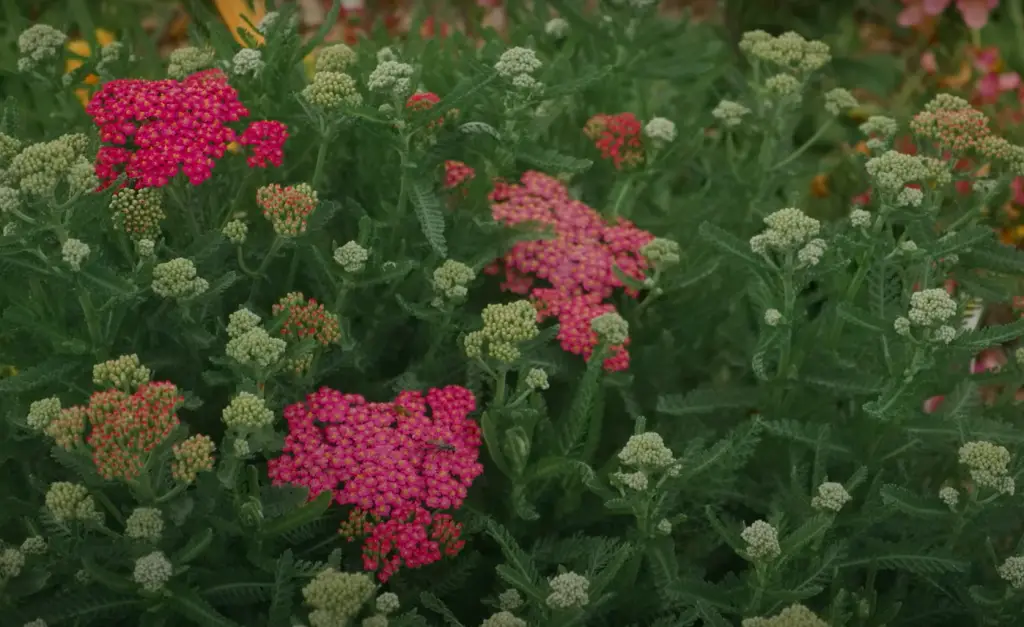
Allotments can be found scattered around towns and cities throughout England, each providing an array of benefits for local communities. There are several different types of allotment garden: traditional ones with rows of raised beds; walled gardens; and container growing plots. Each type has its own particular advantages and disadvantages, but all provide the same general benefit of providing access to locally-grown produce. Some communities also use the allotment spaces as a way to bring people together and create a sense of community spirit by working together on gardening projects.
Useful Video: Community Gardening Creating a Grower’s Paradise | PARAGRAPHIC
Conclusion
When it comes to creating your own community garden, there are a lot of options available. You can choose from raised beds, container gardens, traditional row gardens, and more. You could also opt for an edible landscaping approach to bring in a variety of fruits and vegetables into the mix. Whichever you decide on, make sure that your design takes into account the size and shape of the space available. Additionally, consider how people will access and use your garden – think seating areas, paths or walkways and other features that maximize comfort and convenience when using the garden space. Finally, remember that building a successful community garden involves some hard work, but with patience and dedication it can be a wonderful way to build stronger ties within your local community.
References:
- https://learn.eartheasy.com/articles/15-ways-to-help-your-community-garden-thrive/
- https://www.treehugger.com/community-garden-inspiration-and-ideas-5187033
- https://content.ces.ncsu.edu/how-to-organize-a-community-garden
- https://www.gardeningknowhow.com/special/urban/community-garden-ideas.htm
- https://seewhatgrows.org/fun-community-garden-farm-ideas-get-kids-engaged/





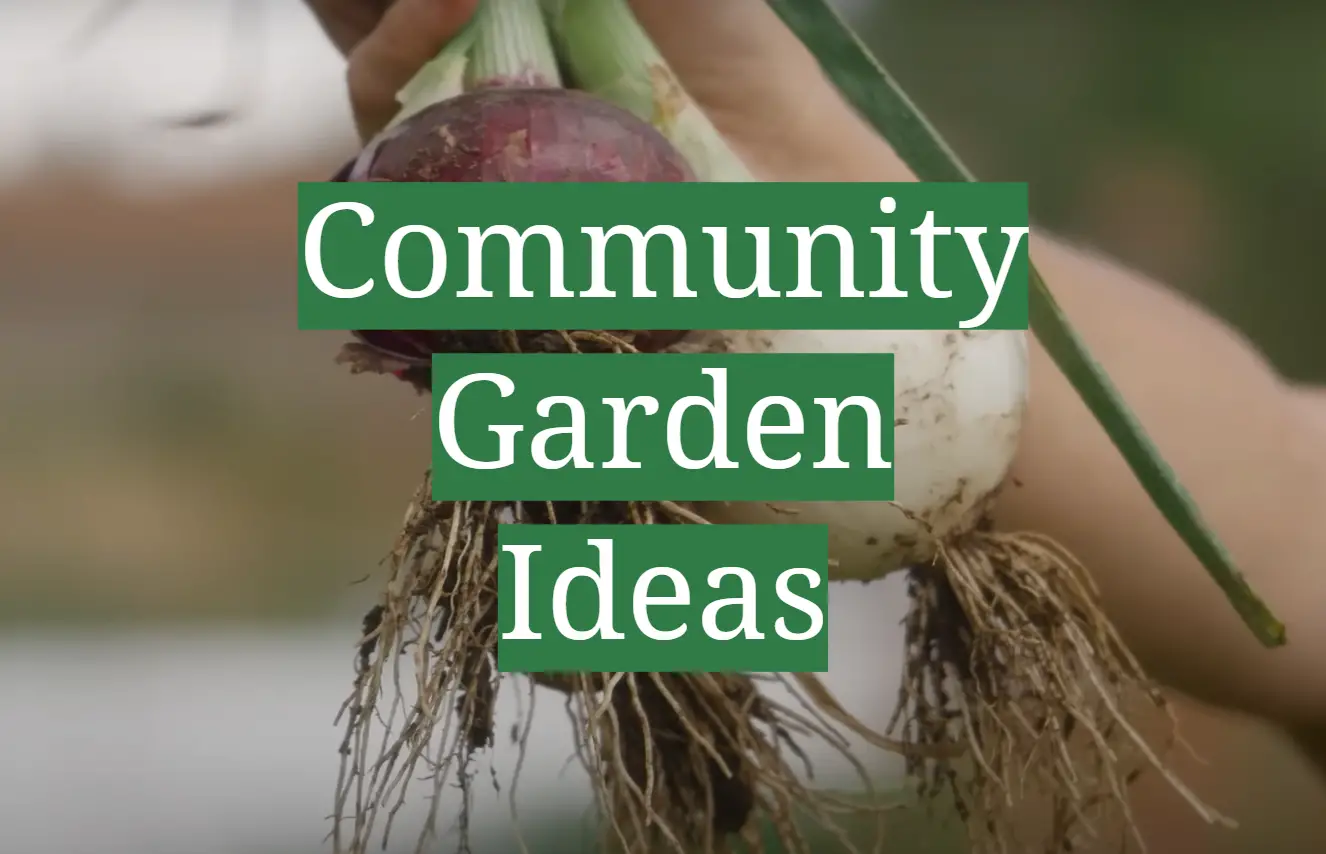
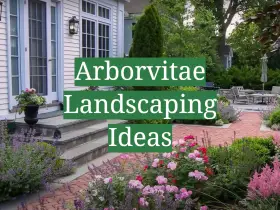


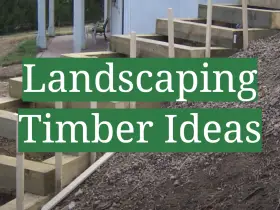
Leave a Reply
View Comments